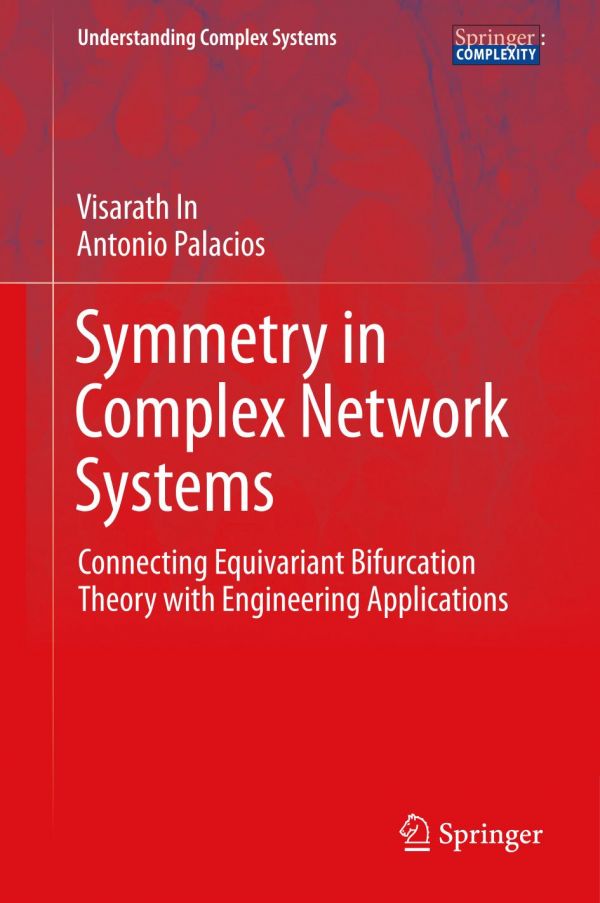

Most ebook files are in PDF format, so you can easily read them using various software such as Foxit Reader or directly on the Google Chrome browser.
Some ebook files are released by publishers in other formats such as .awz, .mobi, .epub, .fb2, etc. You may need to install specific software to read these formats on mobile/PC, such as Calibre.
Please read the tutorial at this link. https://ebooknice.com/page/post?id=faq
We offer FREE conversion to the popular formats you request; however, this may take some time. Therefore, right after payment, please email us, and we will try to provide the service as quickly as possible.
For some exceptional file formats or broken links (if any), please refrain from opening any disputes. Instead, email us first, and we will try to assist within a maximum of 6 hours.
EbookNice Team

Status:
Available4.4
21 reviewsThis book bridges the current gap between the theory of symmetry-based dynamics and its application to model and analyze complex systems. As an alternative approach, the authors use the symmetry of the system directly to formulate the appropriate models, and also to analyze the dynamics. Complex systems with symmetry arise in a wide variety of fields, including communication networks, molecular dynamics, manufacturing businesses, ecosystems, underwater vehicle dynamics, celestial and spacecraft dynamics and continuum mechanics. A general approach for their analysis has been to derive a detailed model of their individual parts, connect the parts and note that the system contains some sort of symmetry, then attempt to exploit this symmetry in order to simplify numerical computations. This approach can result in highly complicated models that are difficult to analyze even numerically. The alternative approach, while nonstandard, is not entirely new among the mathematics community. However, there is much less familiarity with the techniques of symmetry-breaking bifurcation, as they apply to the engineering, design and fabrication, of complex systems, in particular, nonlinear sensor devices with special emphasis on the conceptualization and development of new technologies of magnetic sensors such as fluxgate magnetometers and SQUID (Superconducting Quantum Interference Devices), E-- (electric-field) sensors, and communication and navigation systems that require multiple frequencies of operation, such as radar and antenna devices as well as gyroscopic systems.